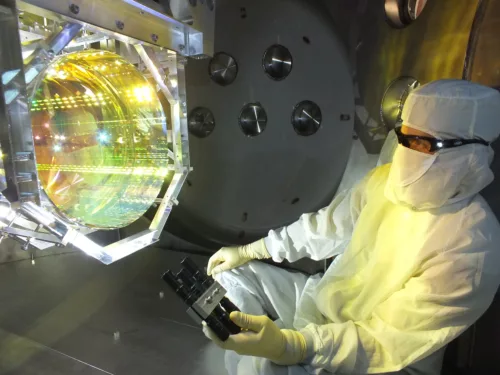
As above, so below: how geophysics can help us unlock secrets of the cosmos
Geophysical instruments make key contributions to some large astrophysics experiments.
Here in the News & Features section, you can find important announcements or learn more about our work and the science we support.
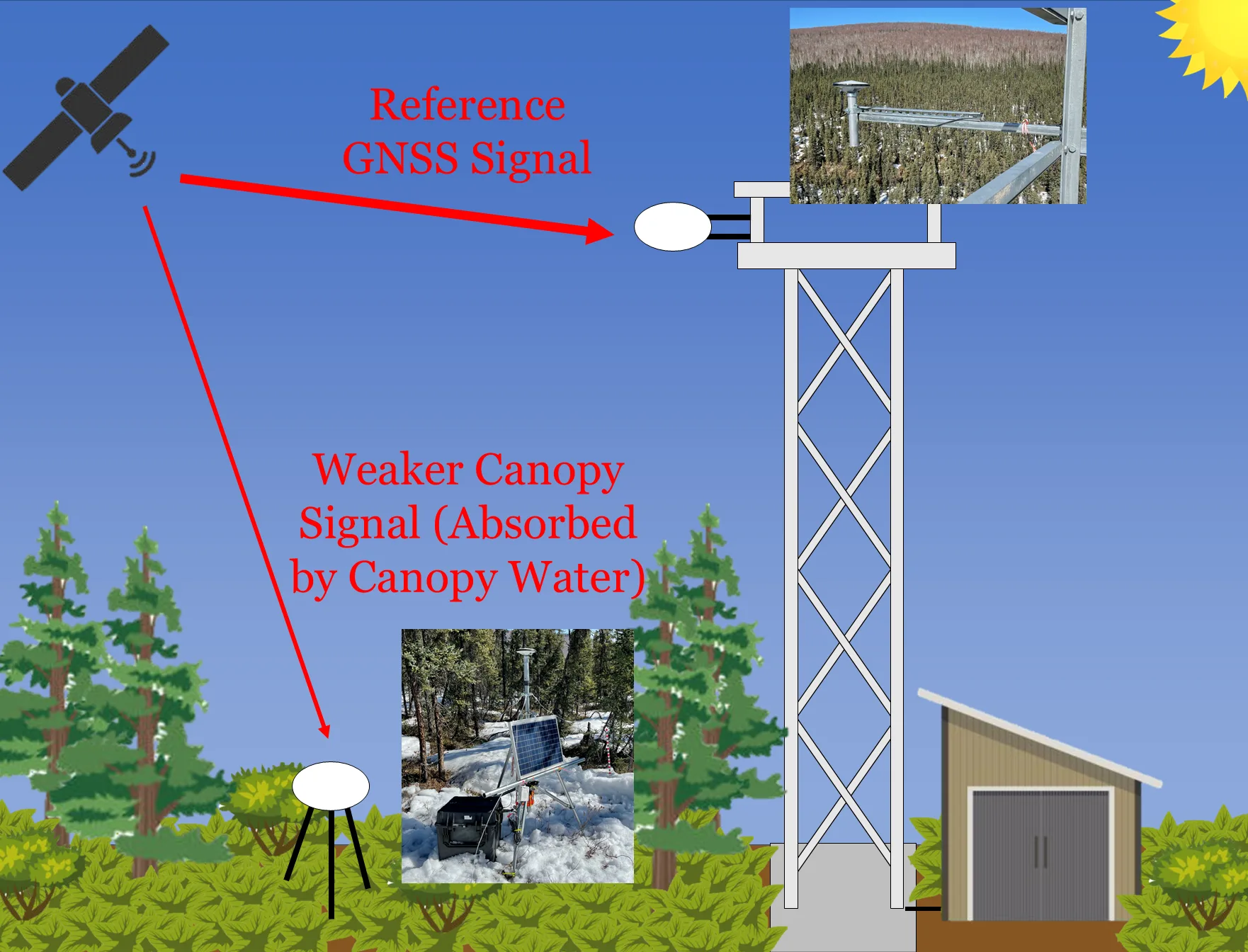
Showing 1 - 9 of 18 Posts
Page:

Geophysical instruments make key contributions to some large astrophysics experiments.
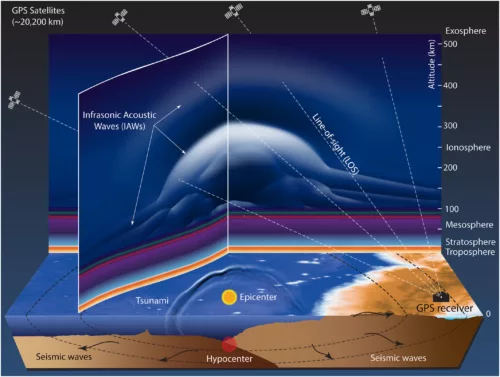
In order to extract as much information as possible from ionospheric signals, we need to understand the patterns in great detail. A recent paper used the 2016 magnitude 7.8 Kaikoura earthquake to see what we could learn from testing the data against simulations.
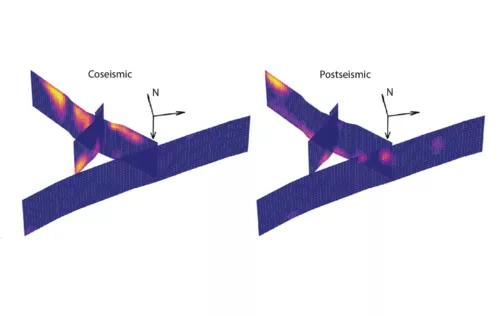
When we experience a significant earthquake—along with any foreshocks or aftershocks associated with it—the shaking is hard to ignore. But there are also subtle movements afterward we may only notice with the help of precision instruments.
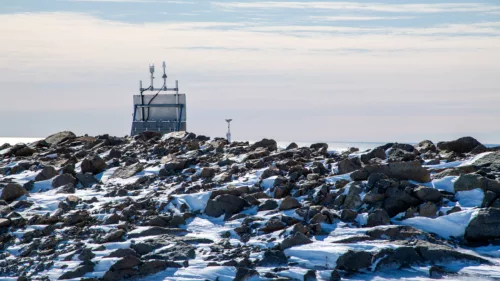
A new study uses the latest maps of the structure beneath Antarctica to see how important realistic crust and mantle information is to sea level rise. The answer? It’s pretty important.
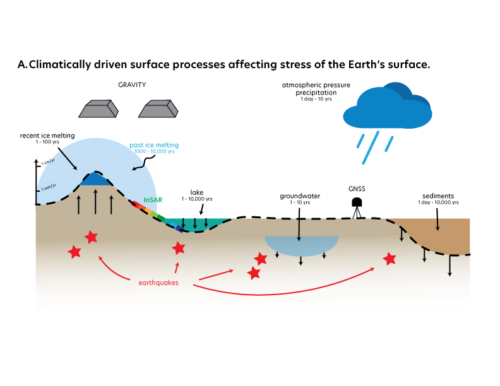
Using geophysical instrumentation and techniques can allow researchers to understand how natural resources may be affected by changing climate, and how we can manage these changes properly.
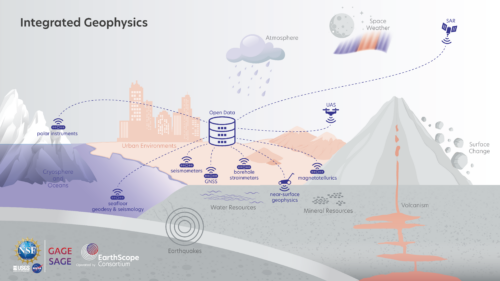
The techniques in our geophysical toolkit have grown exponentially over the years. By understanding research in these fields using these tools, we can see the applications to geophysics and bettering society.
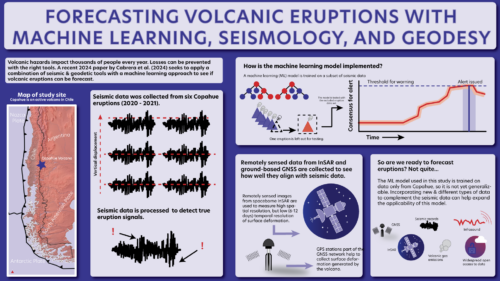
A new machine learning methodology utilizes seismic data to see if a volcanic eruption can be forecasted.
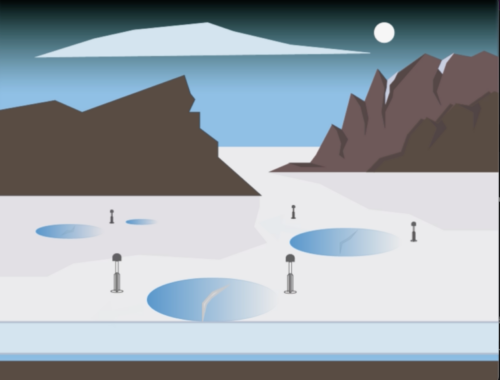
A new study utilizing GPS station measurements on the Greenland Ice Sheet helps scientists understand how lakes atop the ice sheet seem to synchronously drain, providing insight into ice sheet stability.
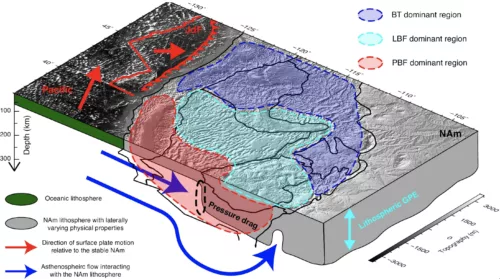
Different forces are tearing the western U.S. apart. Which ones are most important?
Page: